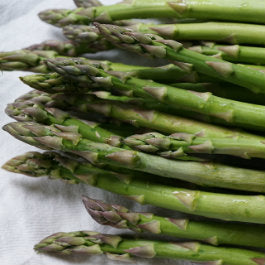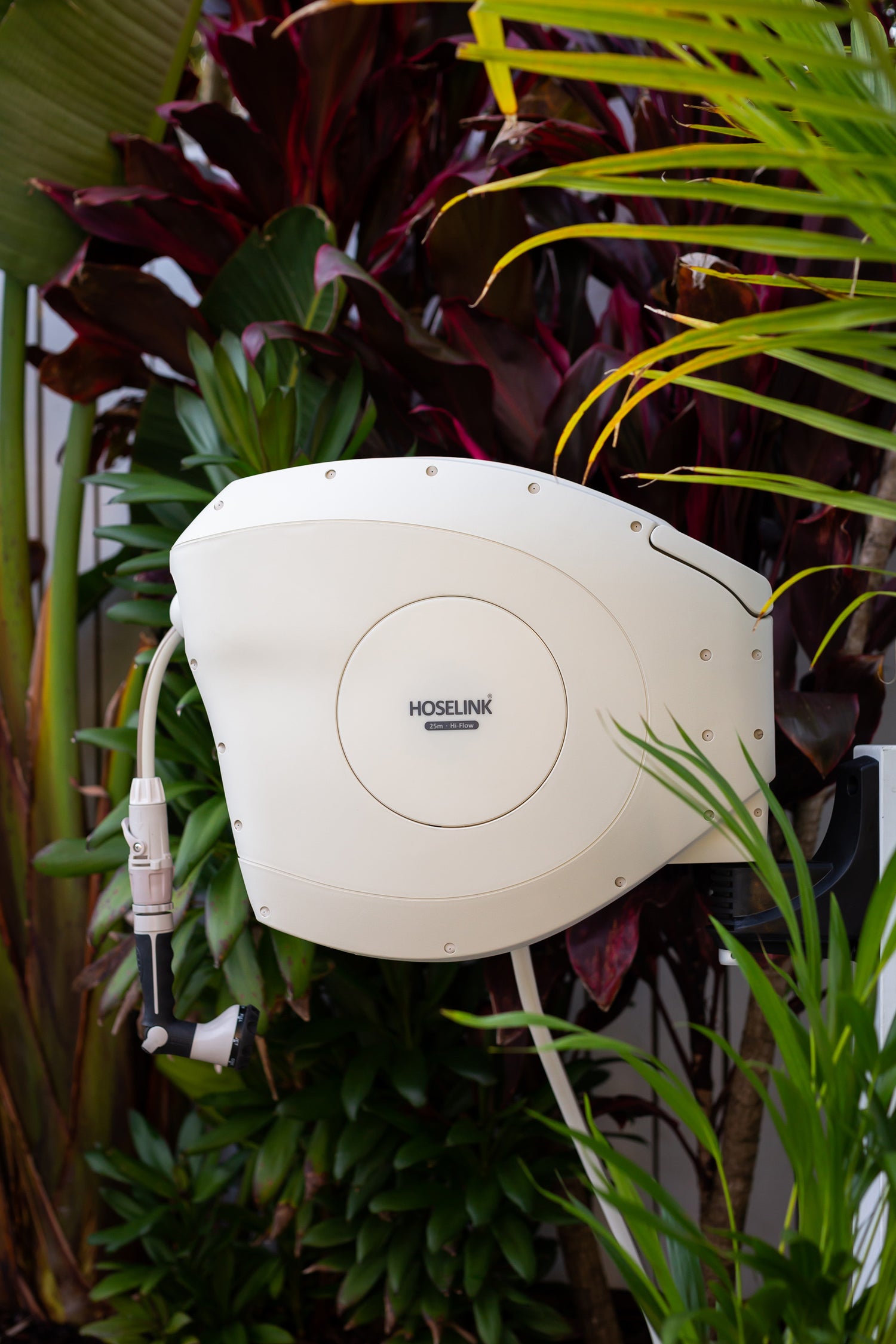
In most parts of the country you can now enjoy growing delicious winter vegetables, and as the new season sets in it’s time to roll up your sleeves as you add gorgeous greens to your veggie patch.
Loaded with vitamins and minerals, greens are bona fide nutrition boosters, providing an excellent source of fibre, protein and all-important vitamins A, C, E and K. With many cool season vegetables ideally suited to growing when temperatures are between 10 and 20 degrees, now is as good a time as any to expand your home-grown repertoire.
The likes of broad beans and leeks are well suited to the cool climate regions of Australia, including Tasmania and parts of Victoria, while peas thrive in temperate regions like New South Wales, broccoli in dry inland areas and most other veggies grow exceptionally well in subtropical and tropical areas, as found in parts of WA, Queensland and the Northern Territories. To help you choose what to grow we’ve once again teamed up with seed and bulb experts Mr Fothergill’s to bring you all the information you’ll need.
 Broccoli
Broccoli
A member of the cruciferous family, broccoli is an excellent healthy choice in the kitchen. Packed with a generous dose of vitamin K, that can help strengthen bones, vitamin C and fibre, broccoli is delicious simply boiled or steamed and served as a side dish or in a hearty soup during the cold months.
To grow broccoli, sow seeds 6-15mm deep, depending on variety, in a seed bed or tray and transplant to final position when seedlings are large enough to handle. Plant out at around 30-60cm apart, again depending on variety, in well cultivated soil and water well until established. Thin to one seedling when large enough.
When to plant: Late summer through to early winter, depending on variety
Time to harvest: 12-16 weeks
Varieties to grow: Broccoli Marathon F1 (pictured above left), Broccoli Italian Sprouting, Broccoli Romanesco, Broccoli Sprouting Red Arrow
Broad beans
A tasty legume, broad beans are a fantastic source of protein as well as vitamins A, B1 and B2, good for boosting energy. Once podded, the beans can be smashed on toast with a generous helping of salt and pepper, eaten alongside meaty mains or paired with mint and a little butter for a culinary match made in heaven.
To sow seeds, prepare double rows 30cm apart and 5cm deep in rich, well dug soil, spacing seeds 25cm apart. Pinch out the top of the plants when pods are 7-10cm long, this will encourage an earlier crop and help to deter blackfly. Once established your crop will need a stake or trellis to grow upon for support.
When to plant: Autumn to winter
Time to harvest: 12-16 weeks
Varieties to grow: Broad Beans Coles Early Dwarf (pictured above right), Broad Beans Early Longpod
 Asparagus
Asparagus
A labour-intensive veg to grow, asparagus will reward gardeners with a crop of tender spears to eat that boast a delicious savoury flavour. Rich in potassium, iron, calcium and other vitamins, asparagus is good for you too, cooked in minutes when gently simmered in a little boiling salted water or blanched then fried on a griddle.
Though typically grown from bare-rooted crowns, asparagus can also be grown from seed, though this process takes much longer. Sow asparagus bulbs 5-10cm deep in trenches spaced 20-30cm apart in well-drained soil, positioned in full sunlight. Harvest when spears reach around 15cm tall, cutting from the base of the stem.
When to plant: Winter to spring
Time to harvest: 1-2 years (avoid harvesting spears during the first season to allow them to develop foliage for healthier growth in the next year)
Varieties to grow: Asparagus Mary Washington (pictured above left), Asparagus Connover’s Colossal
Snow peas
This strong climber produces beautiful crisp pockets of fresh peas that are at their tastiest when eaten straight from the vine. A variety of pea eaten whole in its pod while still unripe, snow peas are incredibly versatile, adding crunch to salads and extra flavour and texture to Asian stir-fries and curries. They’re low in calories too.
Choose a sunny spot in the garden. Sow seeds in a zig-zag fashion into well-composted soil in flat trenches dug 15cm wide and 5cm deep, spacing seeds around 10cm apart. Fill trenches with soil and firm down gently, water well. It is a good idea to lay some netting to protect the seeds from birds during the early stages of growth. A trellis will be required to support the plants once established.
When to plant: Late summer to late winter, depending on variety
Time to harvest: 8-14 weeks, depending on variety
Varieties to grow: Snow Pea Yakumo, Snow Pea Oregon Dwarf, Snow Pea Climbing Mammoth Melting
 Leeks
Leeks
A close relative of the onion family, a leek is a sweet vegetable often used as a base for soups and stews as well as to accompany roast meat. Fat-free and full of fibre, leeks take on a delicate onion flavour that makes them as suitable for a salad as for they are for a pie, and they’re easy to grow too!
Sow leek seeds in a tray or seed bed at a depth of 15mm. Thin as necessary and transplant to the final growing position when 10-20cm tall, depending on variety. Water the seedling into 15cm deep holes, allowing around 30cm between rows. Do not firm soil round the plant. Harvest when the leek stems are around one inch thick.
When to plant: Year-round as required
Time to harvest: 12-16 weeks, depending on variety
Varieties to grow: Leek Lyon Prizetaker (pictured above left), Leek Carenten F1, Welsh Wonder











